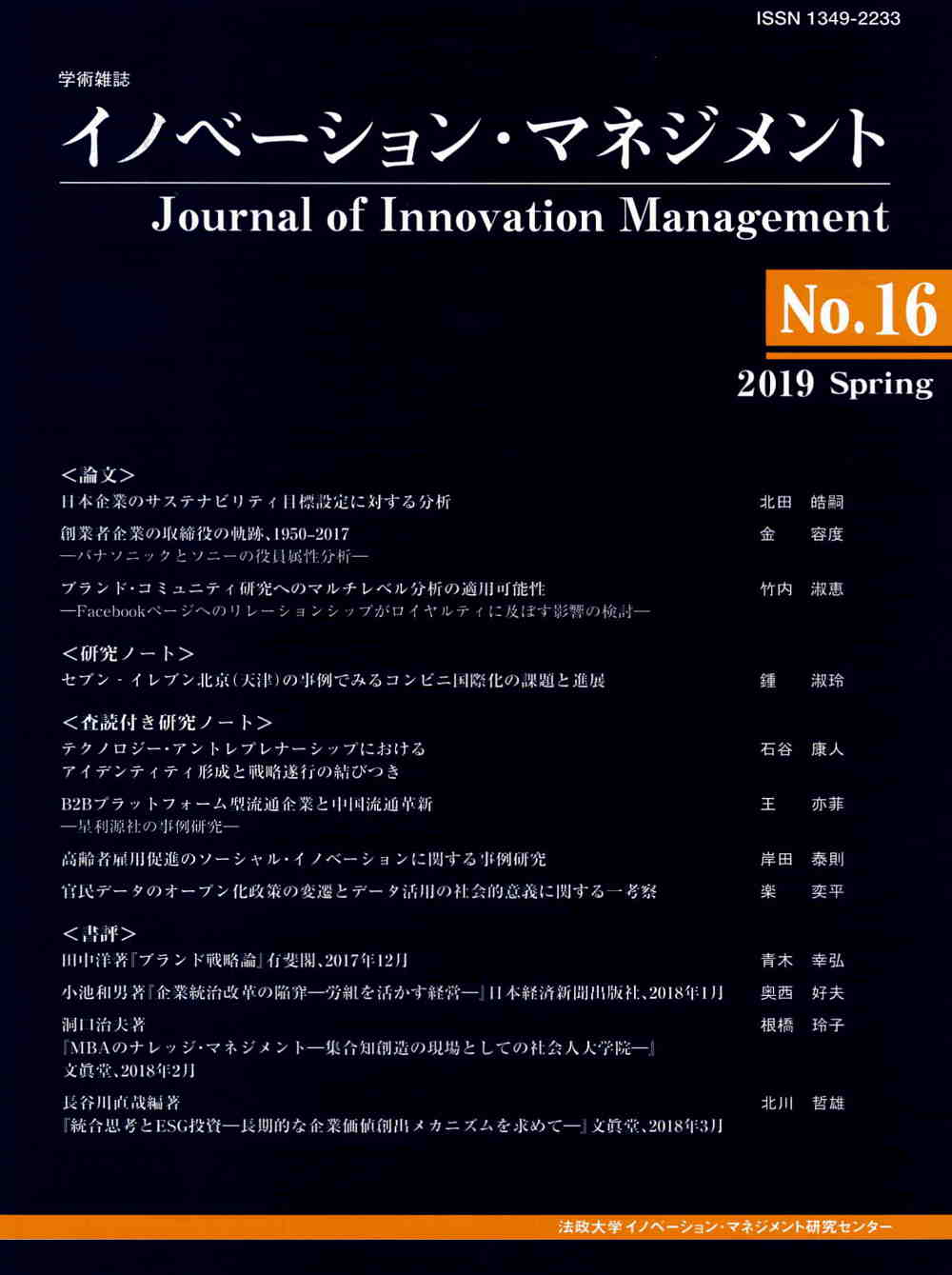Volume 16
Displaying 1-12 of 12 articles from this issue
- |<
- <
- 1
- >
- >|
Articles
-
Article type: Article
2019Volume 16 Pages 1-18
Published: March 29, 2019
Released on J-STAGE: March 31, 2020
Download PDF (1093K) Full view HTML -
Article type: Article
2019Volume 16 Pages 19-51
Published: March 29, 2019
Released on J-STAGE: March 31, 2020
Download PDF (836K) Full view HTML -
Article type: Article
2019Volume 16 Pages 53-78
Published: March 29, 2019
Released on J-STAGE: March 31, 2020
Download PDF (879K) Full view HTML
Research Note
-
Article type: Research Note
2019Volume 16 Pages 79-101
Published: March 29, 2019
Released on J-STAGE: March 31, 2020
Download PDF (891K) Full view HTML
Refereed Research Notes
-
Article type: Refereed Research Note
2019Volume 16 Pages 103-120
Published: March 29, 2019
Released on J-STAGE: March 29, 2019
Download PDF (585K) Full view HTML -
Article type: Refereed Research Note
2019Volume 16 Pages 121-139
Published: March 29, 2019
Released on J-STAGE: March 29, 2019
Download PDF (976K) Full view HTML -
Article type: Refereed Research Note
2019Volume 16 Pages 141-156
Published: March 29, 2019
Released on J-STAGE: March 29, 2019
Download PDF (788K) Full view HTML -
Article type: Refereed Research Note
2019Volume 16 Pages 157-169
Published: March 29, 2019
Released on J-STAGE: March 29, 2019
Download PDF (466K) Full view HTML
Book Reviews
-
Article type: Book Review
2019Volume 16 Pages 171-175
Published: March 29, 2019
Released on J-STAGE: March 31, 2020
Download PDF (299K) -
Article type: Book Review
2019Volume 16 Pages 177-180
Published: March 29, 2019
Released on J-STAGE: March 31, 2020
Download PDF (294K) -
Article type: Book Review
2019Volume 16 Pages 181-186
Published: March 29, 2019
Released on J-STAGE: March 31, 2020
Download PDF (372K) -
Article type: Book Review
2019Volume 16 Pages 187-191
Published: March 29, 2019
Released on J-STAGE: March 31, 2020
Download PDF (360K)
- |<
- <
- 1
- >
- >|
